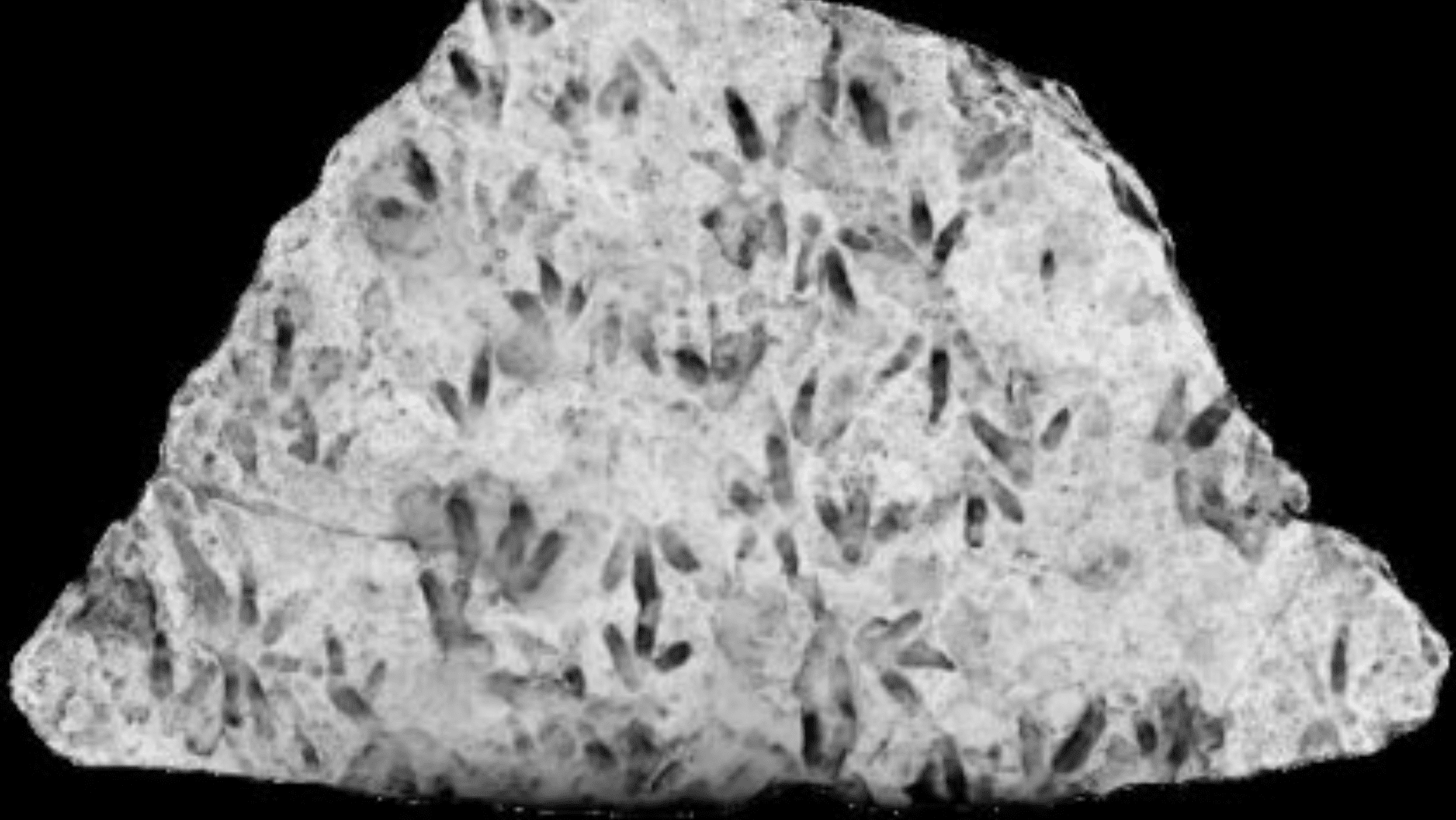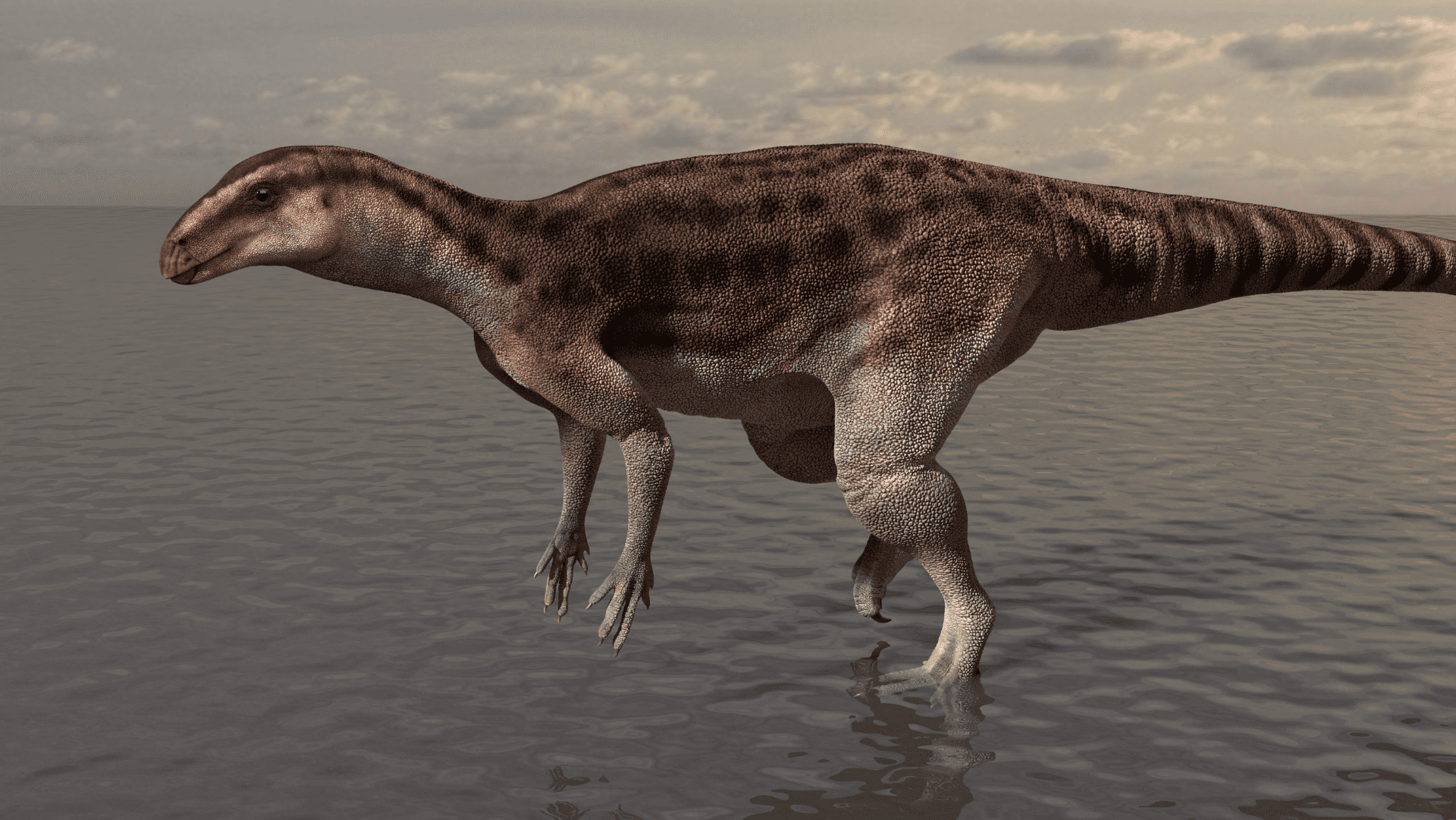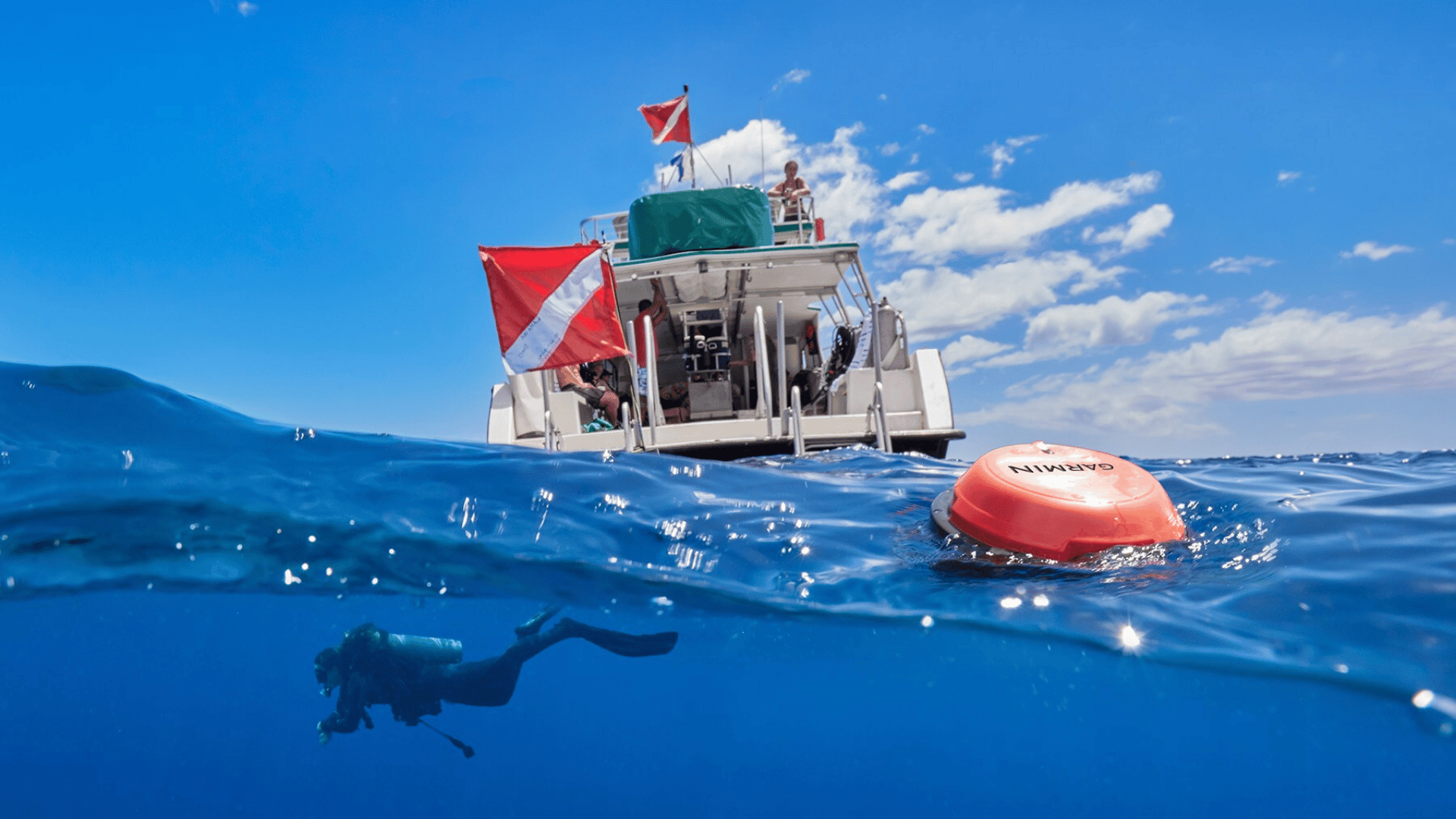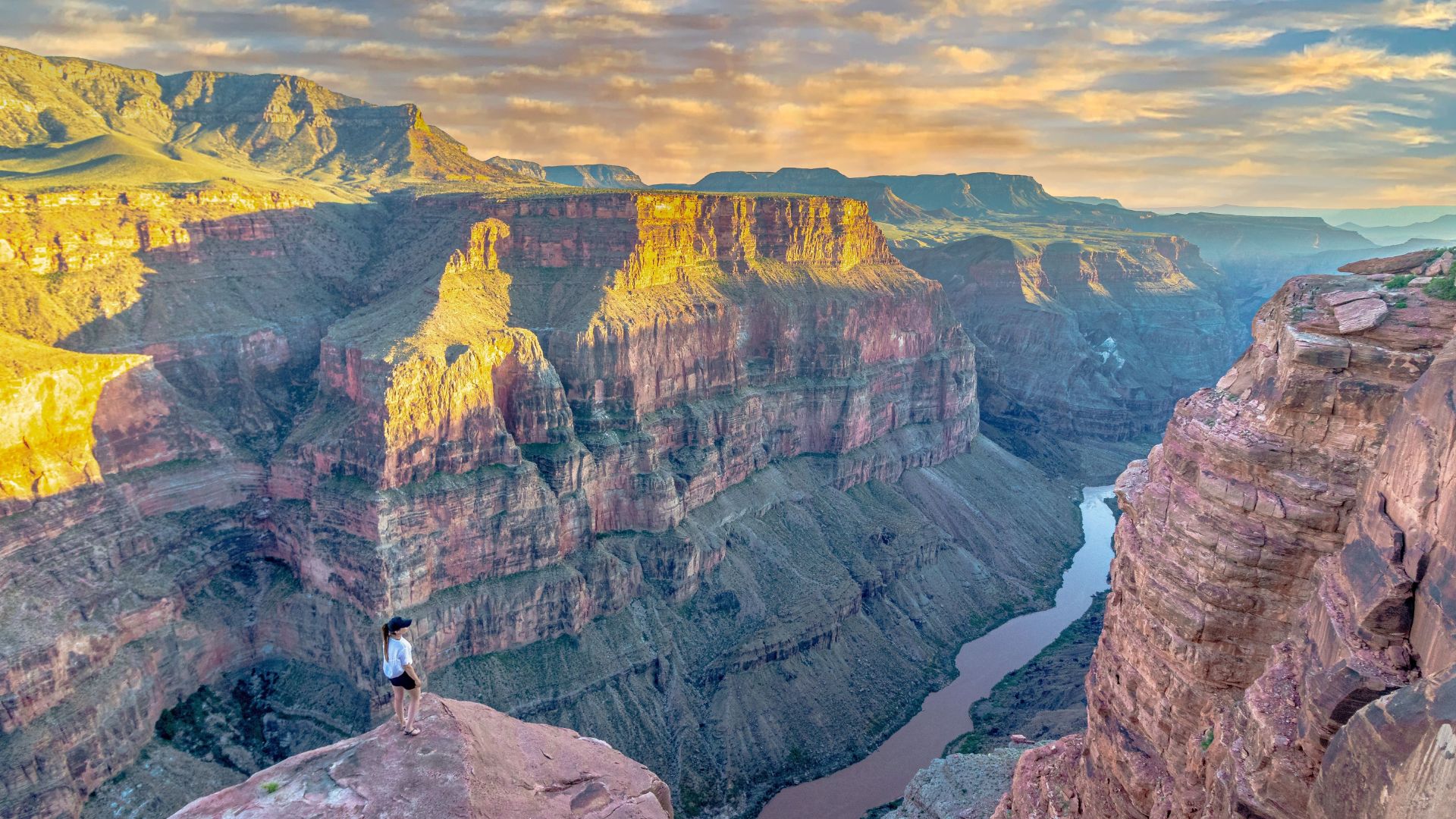A researcher from the University of Queensland in Australia discovered that a nearby school contained a boulder with one of the highest concentrations of dinosaur footprints per square meter ever documented in Australia.
Uncovering the Hidden Fossils

Dr. Anthony Romilio is a paleontologist who works in UQ’s Dinosaur Lab and identified 66 fossilized footprints from 47 individual dinosaurs on a boulder that was discovered 20 years ago.
“The footprints are from 47 individual dinosaurs which passed across a patch of wet, white clay, possibly walking along or crossing a waterway,” Dr. Romilio said. “It’s an unprecedented snapshot of dinosaur abundance, movement, and behavior from a time when no fossilized dinosaur bones have been found in Australia.”
Each footprint has three toes, which indicates that they belong to the ichnospecies Anomoepus scambus, Dr. Romilio said. Judging by the size of each footprint, he believes the dinosaurs were small, with legs ranging between 15 and 50 centimeters long.

“Evidence from skeletal fossils overseas tells us dinosaurs with feet like these were plant eaters with long legs, a chunky body, short arms, and a small head with a beak,” Dr. Romilio said.
As mentioned before, the rock sat in a nearby high school after it was uncovered at the Callide Mine two decades ago. Its significance was unknown until Dr. Romilio’s previous work on footprints prompted the community to reach out to him.
“Significant fossils like this can sit unnoticed for years, even in plain sight,” he said. “It’s incredible to think that a piece of history this rich was resting in a schoolyard all this time.” Dr. Romilio says he used 3D imaging and light filters to reveal hidden details.
According to Romilio, the fossilized footprints date back to the Early Jurassic period, around 200 million years ago. His research is published in the journal Historical Biology.







